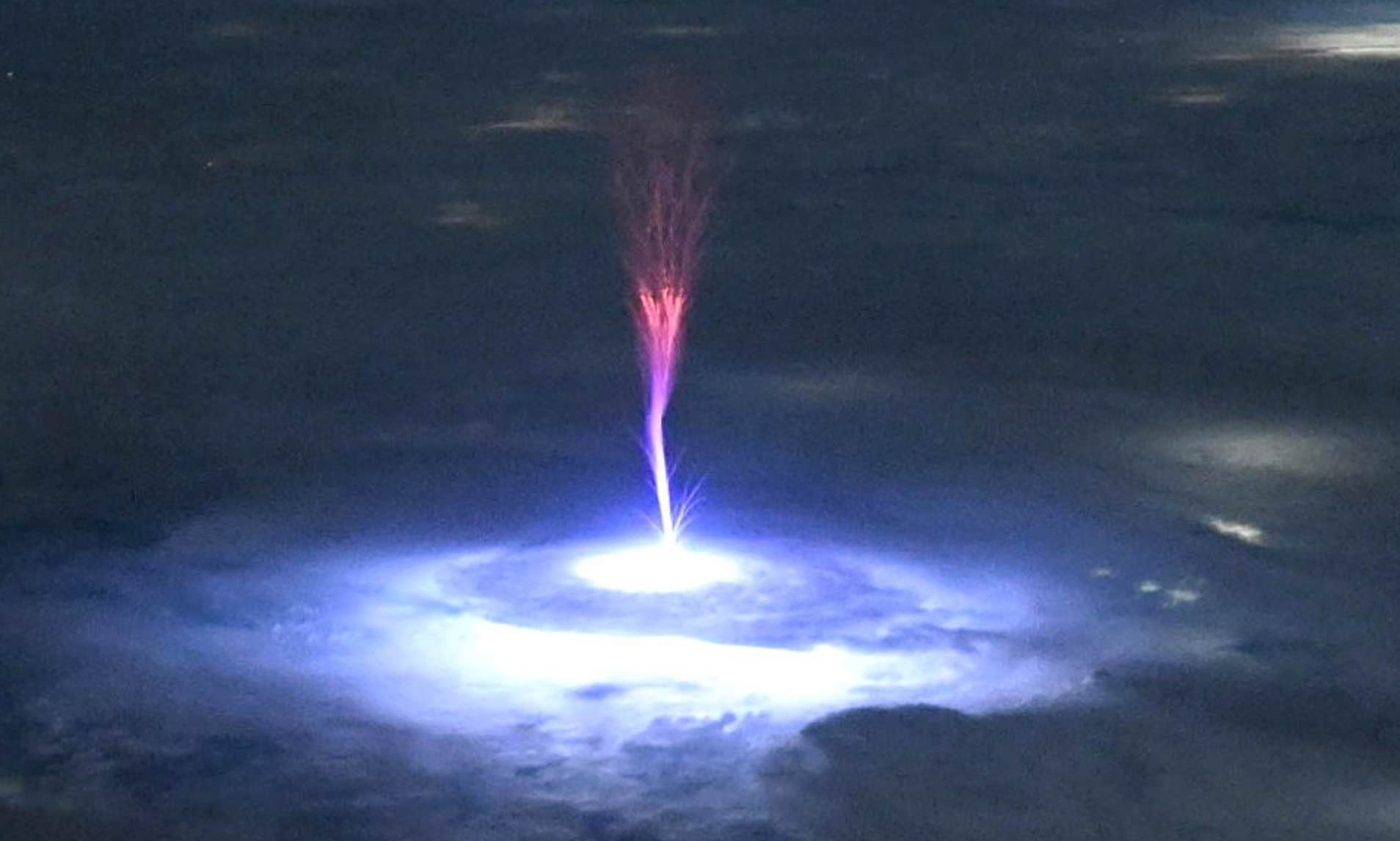Capturing the Mystery of Transient Luminous Events
A NASA astronaut has captured a breathtaking image of an electrical event that showcased a brilliant red light flashing through the atmosphere. The photo, shared by Nichole “Vapor” Ayers, depicts what is known as a Transient Luminous Event (TLE) observed above a thunderstorm over Mexico and the United States earlier in the week.
Scientists believe this phenomenon was caused by positive cloud-to-ground lightning strikes, which generate an electric field extending miles into the upper atmosphere. Ayers described the moment in her caption: “Just. Wow. As we went over Mexico and the U.S. this morning, I caught this sprite.”
She explained that sprites are a type of TLE, occurring above clouds and triggered by intense electrical activity beneath them. From the vantage point of space, scientists can use such images to better understand how TLEs form, their characteristics, and their connection to thunderstorms.
There is ongoing discussion among experts about whether Ayers’ image captures a sprite or a gigantic jet—both types of TLEs. Gigantic jets originate within the anvil of a storm and reach up to the ionosphere. Sprites, on the other hand, are challenging to observe from the ground, and it remains unclear why certain lightning bolts trigger them while others do not.
The striking TLE in Ayers’ photo appears predominantly red in color. Most TLEs last only a fraction of a second and are rarely visible unless viewed from orbit, approximately 250 miles above Earth’s surface.
Other forms of TLEs include elves, blue jets, and ghosts, all occurring well above the Earth’s surface in the stratosphere, mesosphere, and even the thermosphere. These phenomena remain a subject of fascination for researchers seeking to unravel the mysteries of atmospheric electricity.
Ayers is currently aboard the International Space Station as part of NASA’s SpaceX Crew-10 mission. The mission, which launched in March, is expected to continue until at least August. Its primary goal is to conduct hundreds of scientific experiments, including testing the flammability of materials and studying the physiological and psychological effects of space on the human body.
Through these efforts, astronauts like Ayers contribute valuable data that helps expand our understanding of both space and Earth’s complex atmospheric processes. Each observation, whether of a fleeting red flash or a more dramatic lightning event, adds another piece to the puzzle of how our planet functions in the vastness of space.







